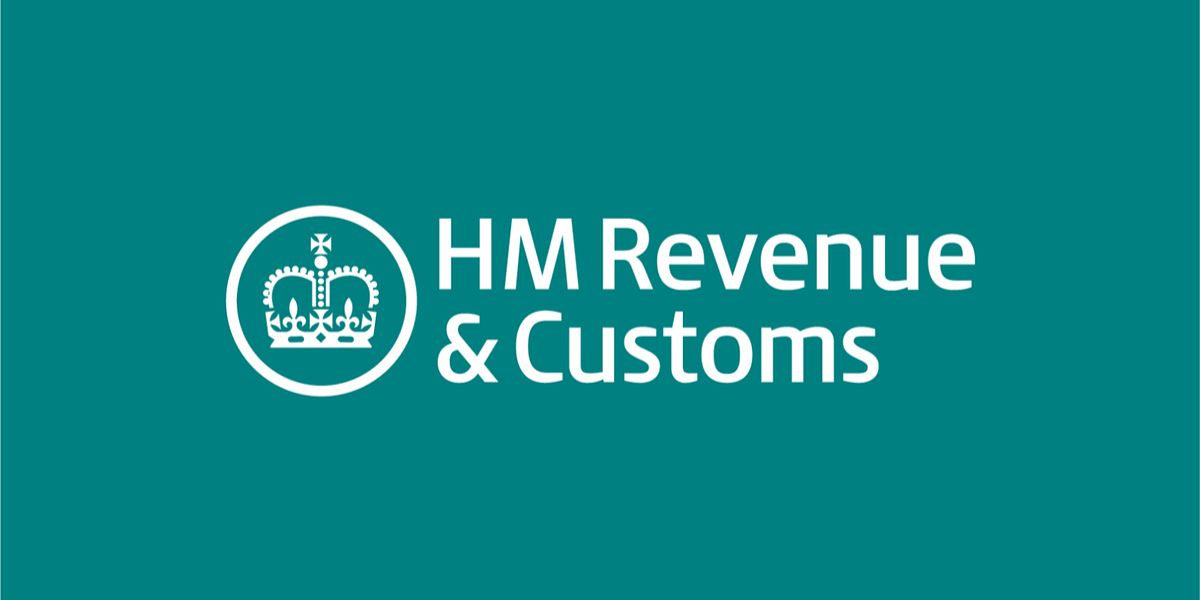According to statistics released this week by HMRC the tax gap in the UK decreased to 6.4% of the tax due in 2013/14. This represents a figure of around GBP 34 billion. The tax gap is the difference between the tax that should be collected and the amount actually collected. The tax that should be collected is the total tax revenue if all taxpayers comply strictly with the tax law and follow HMRC’s interpretation of the intention behind the law.
The tax gap for each tax is GBP 14 billion for income tax, capital gains tax and national insurance contributions; GBP 13.1 billion for value added tax; GBP 3 billion for corporation tax; GBP 2.7 billion for excise duties and GBP 1.1 billion for other taxes.
Analyzed in terms of taxpayer groups the tax gap is estimated at GBP 16.5 billion for small and medium enterprises (SMEs); GBP 9.5 billion for large businesses; GBP 2.9 billion for individuals and another GBP 5.1 billion resulting from criminal activity.
The tax gap is also analyzed by types of taxpayer behavior. This reveals that losses of GBP 5.1 billion resulted from criminal attacks; GBP 4.4 billion from tax evasion; GBP 6.2 billion from the hidden economy; GBP 2.7 billion from tax avoidance; GBP 4.9 billion from legal interpretations not corresponding to HMRC’s view of the law; GBP 4.1 billion from non-payment of tax; GBP 3.9 billion from failure to take reasonable care and GBP 2.6 billion from errors in returns.
HMRC has developed various methodologies for measuring various gaps in the collection of direct and indirect taxes and has combined these together to produce an estimate of the total tax gap in the UK. This still leaves considerable uncertainty as to the exact size of the tax gap and HMRC intends to refine the methodologies further to produce more accurate estimates.
The VAT and excise tax gaps are measured using “top down” approaches comparing data for consumption expenditure with the tax receipts. The “top down” approach uses data from the UK national accounts to calculate a theoretical liability to VAT in the whole UK economy. This is the amount of VAT that HMRC would expect to collect if there were no fraud, VAT avoidance, debt or other uncollected VAT. The difference between this expected VAT collection and the actual amount of VAT collected is the VAT gap.
The other components of the tax gap are generally estimated using a “bottom up” approach based on surveys, and on operational and administrative data. The methods used in arriving at the figure for the direct tax gap include random enquiries, risk registers and data matching. The best available methods and data sources will be used to estimate the tax lost within each area. Around two thirds of the tax gap for 2013/14 was estimated using established methods while experimental methodologies were used where there was no direct measurement data available.


















